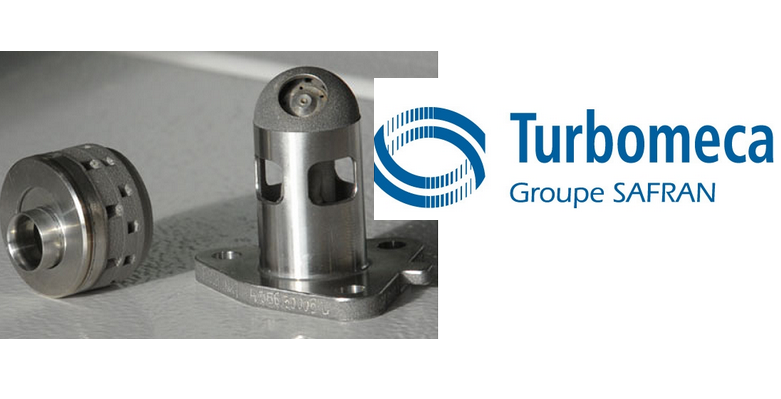3D printing has been singled out as the new mover and shaker for innovation in aerospace manufacturing. The technology has been streaming through the headlines with news of its offering considerable improvements in many ways over the traditional processes of forging and machining. The main, and enormous, benefits lie in the potential for streamlining and simplification, as well as causing reduction on the bottom line — and deadlines.
French company Tur
With components scheduled for manufacturing in their Bordes facility, Turbomeca’s Arrano and Ardiden turboshafts will be comprised of some 3D printed parts. The Arrona test and production engines will contain 3D printed fuel injector nozzles that are able to be made from one piece of material now. The Ardiden 3 will have 3D printed combustor swirlers. One SLM 3D printing machine is already in service and ready for serial production, with more coming down the line, promising exponential speed in manufacturing.
In the end, the team at Turbomeca has one clear goal, and that’s to keep their helicopters flying — with all that entails: excellence in safety, quality, and reliability. Keeping up with the latest technology is crucial as well, with a large force of specialists who help Turbomeca to offer a full range of services, including development of aircraft turbo jet engines, and operation of a subsidiary, Microturbo, specializing in missile turbo-reactors.
Have you been following the recent impacts 3D printing is having in the aerospace industry? Tell us what you think of Turbomeca’s latest innovations in manufacturing over in the Turbomeca to Begin 3D Printing Aerospace Components forum at 3DPB.com.
